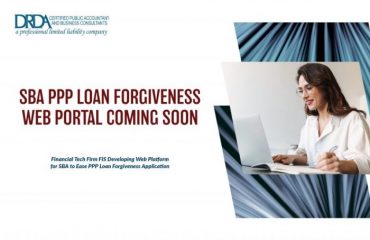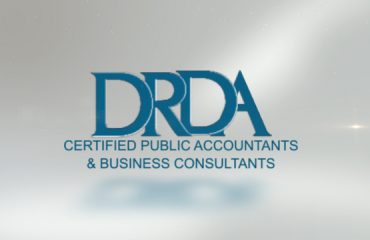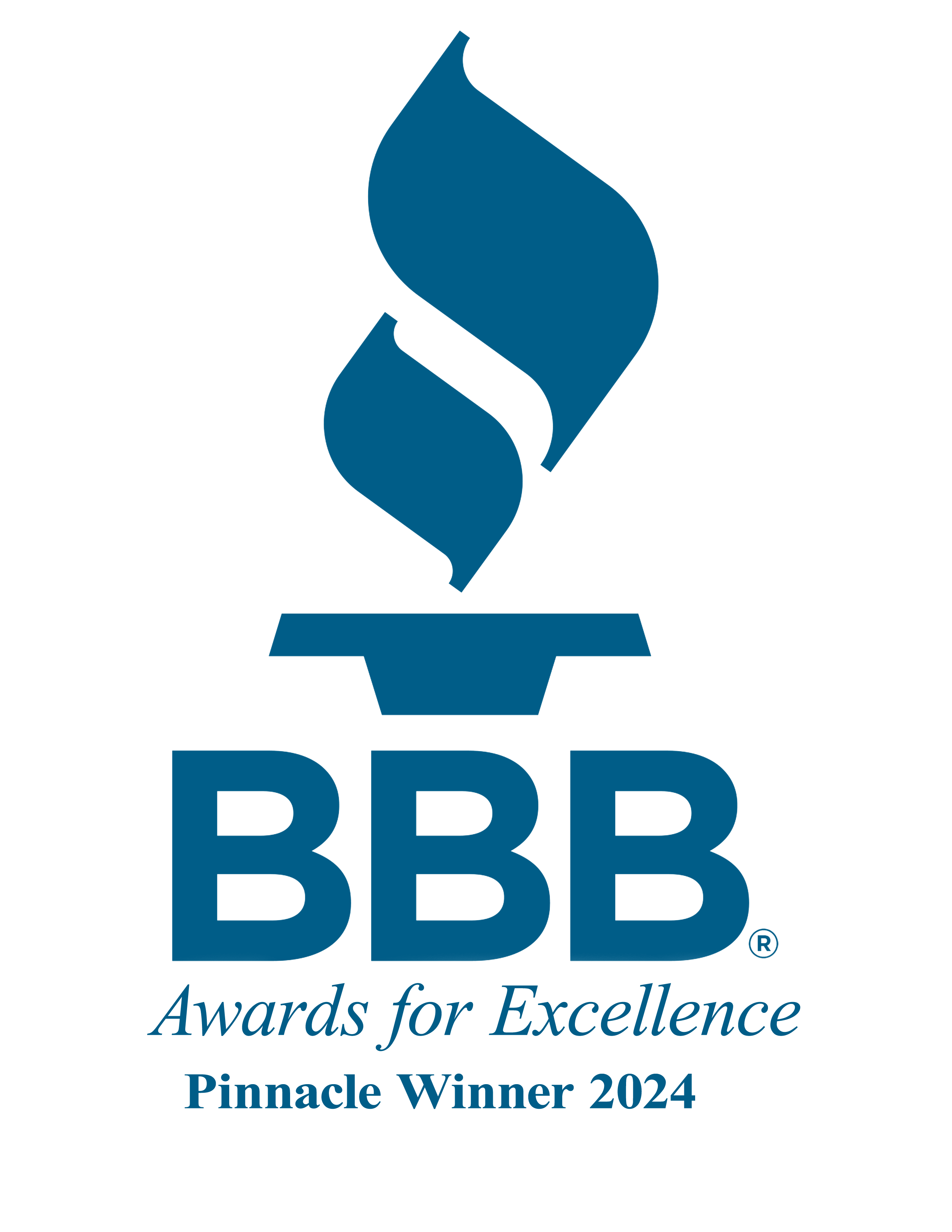
According to the Small Business Administration (SBA), there was $518 billion in funding for the 4.9 million Paycheck Protection Program (PPP) loans that were approved. However, Goldman Sachs reported that 84% of small businesses that received a PPP loan will have exhausted the funding by the beginning of August. With October right around the corner, most small businesses have indeed exhausted all their funds and many businesses are fighting to stay afloat amid the COVID-19 pandemic. Furthermore, businesses located in distressed areas and operated by people of color did not have the ability to obtain anything from the first round of PPP loans.
THE SOLUTION
To mitigate businesses from falling under, $240 billion for a second-round of PPP loans could help sustain businesses. This PPP loan would include flexible use, full transparency, simplified forgiveness, and prioritize distressed businesses. Borrowers would have an easier application as there will be significantly less paperwork to fill out for loans under $150,000 but would still have to maintain the record as SBA reserves the right to “review and audit these loans to ensure against fraud.” The flexible use could include allowing businesses to use the loan for face masks, plexiglass shields, improving HVAC system, and/or adding furniture that encourages social distancing.
With $145 billion remaining from PPP to be re-appropriated, $95 billion of the money can be distributed into a variety of things, including $11 billion for Community Development Financial Institutions Funds (CDFIs), $17 billion for small/community banks, $17 billion for mid-sized banks, and $50 billion for Economic Injury Disaster Loans (EIDLs). The CDFI program offers both financial assistance and technical assistance to CDFIs. This assistance allows the CDFI organizations to meet the needs of the communities they serve by financing businesses and providing affordable housing units. Small and mid-sized banks would benefit from the relief by not collapsing after loaning money to businesses that have gone bankrupt due to the pandemic. The EIDL program is designed to provide economic relief to businesses affected by COVID-19. This covers working capital and normal operating expenses such as:
- Health care benefits
- Rent
- Utilities
- Fixed debt payments
The other $50 billion can be used for Targeted Employee Retention Tax Credit (ERTC). This is a refundable tax credit against certain employment taxes equal to 50% of the qualified waged an eligible employer pays to employees from March 12,2020 to January 1, 2021. Those eligible can receive immediate credit by reducing employment tax deposits.
The Main Street Lending Program should also be rectified to help businesses in need. This program was established on April 9, 2020 by the Federal Reserve to support small to medium profit businesses and nonprofit organizations that had good financial standing before COVID-19. The Federal Reserve will buy 95% of new or existing loans to qualified employers, while the issuing bank will keep 5% to discourage irresponsible lending. In exchange for the loan, employers must make reasonable efforts to maintain payroll and retain workers.
However, even with these solutions, Congress has yet to pass the second-round PPP loans, and according to the Silicon Valley Business Journal, the chances of a second round of PPP loans or any small business stimulus from Congress is beginning to fade as the election nears.
SUBMITTED BY:
Kendra May









